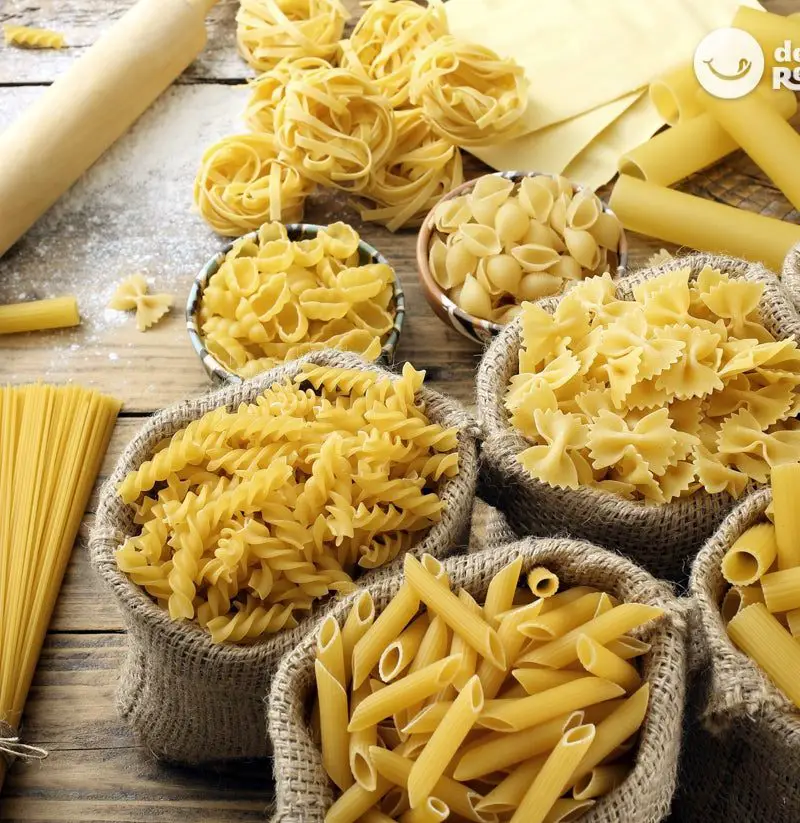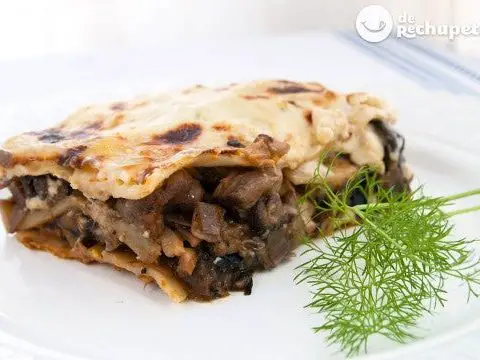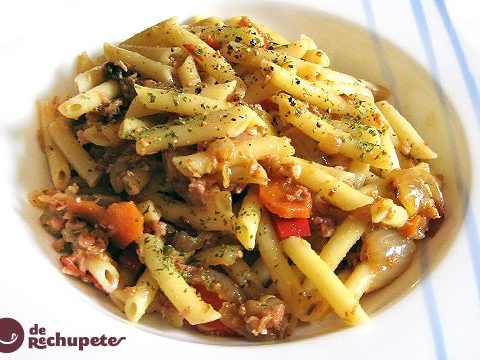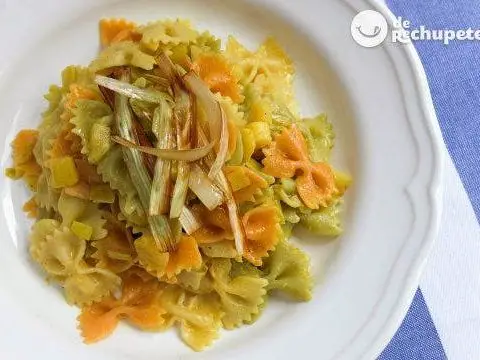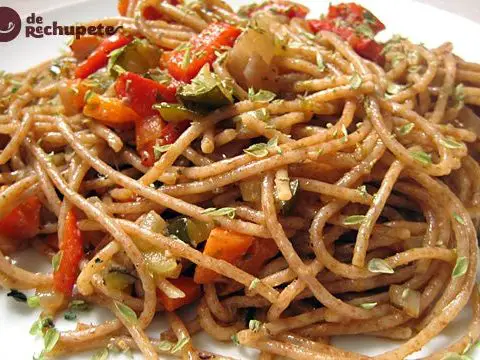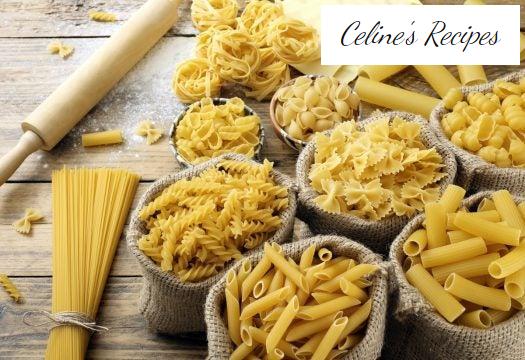
Info.
- Easy
- 20 minutes
- For 4 people
- € 0.3 / person
- 345kcal per 100g.
Pasta. Types and ways of cooking it .
If money doesn’t make you happy, maybe ” pasta ” does.
There are a lot of different types of pasta and, luckily, we do not currently need to travel to Italy to discover them since we have a large part of them in our supermarket.
Although in essence there are those who all may seem the same, the reality is that they are not and each of them deserves their treatment and their special sauce.
Make way, there is more life beyond spaghetti and macaroni and I am going to tell you about it.
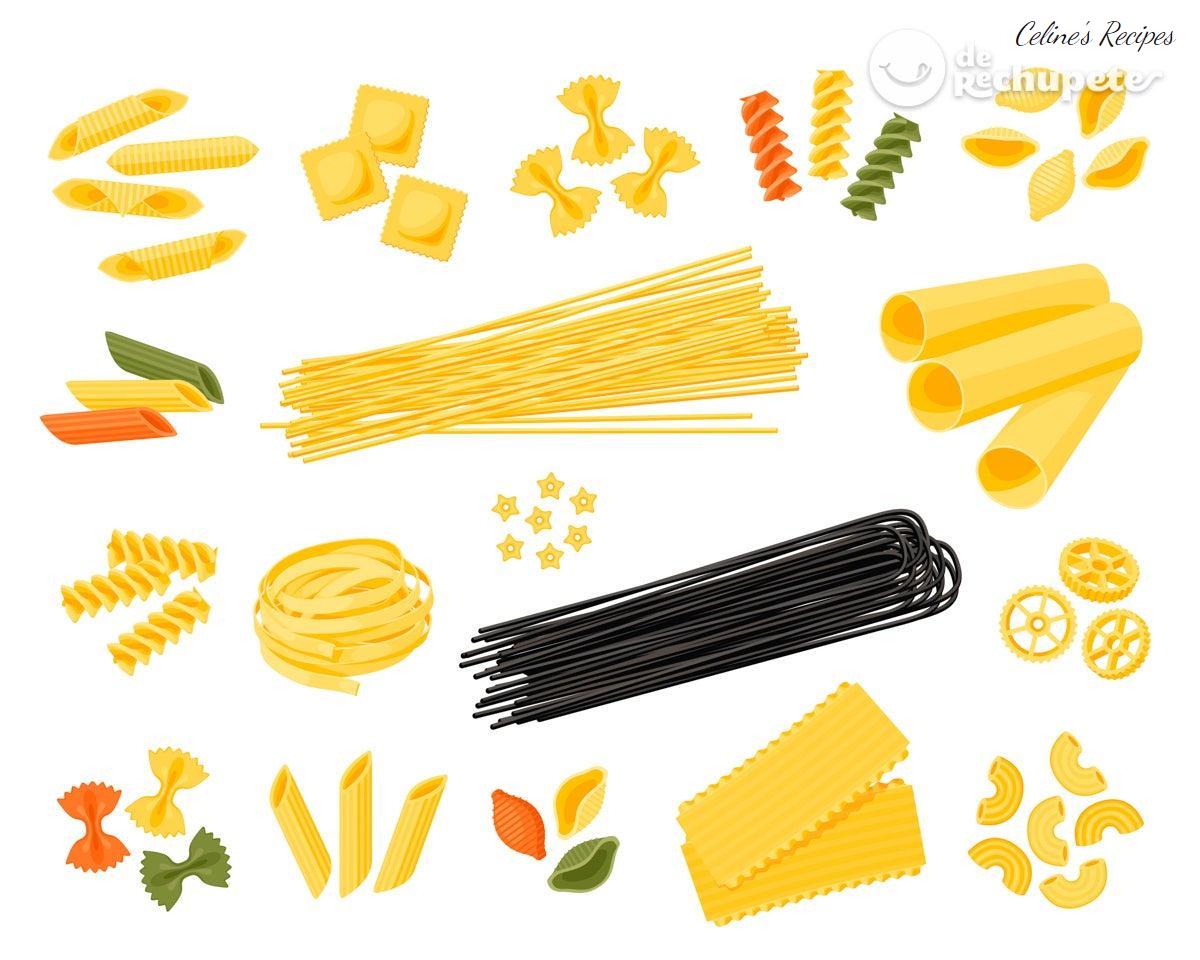
Who does not know how to prepare pasta?
Surely more than one and one self-proclaimed expert in the preparation of pasta. Of course, in principle you just have to take it out of the package and bring it to a boil. Error.
Surely they are the same or the same ones that prepare the carbonara pasta with cream , another very Spanish mistake, or those that put oil into the water before boiling the pasta or pour cold water on them to cut the boil. Error, error and more error.
Pasta has its perfect cooking point and like everything in life, the apparently simplest things are the most difficult to get. To know how you should cook a pasta in conditions, here are 10 tips to make pasta like an Italian.
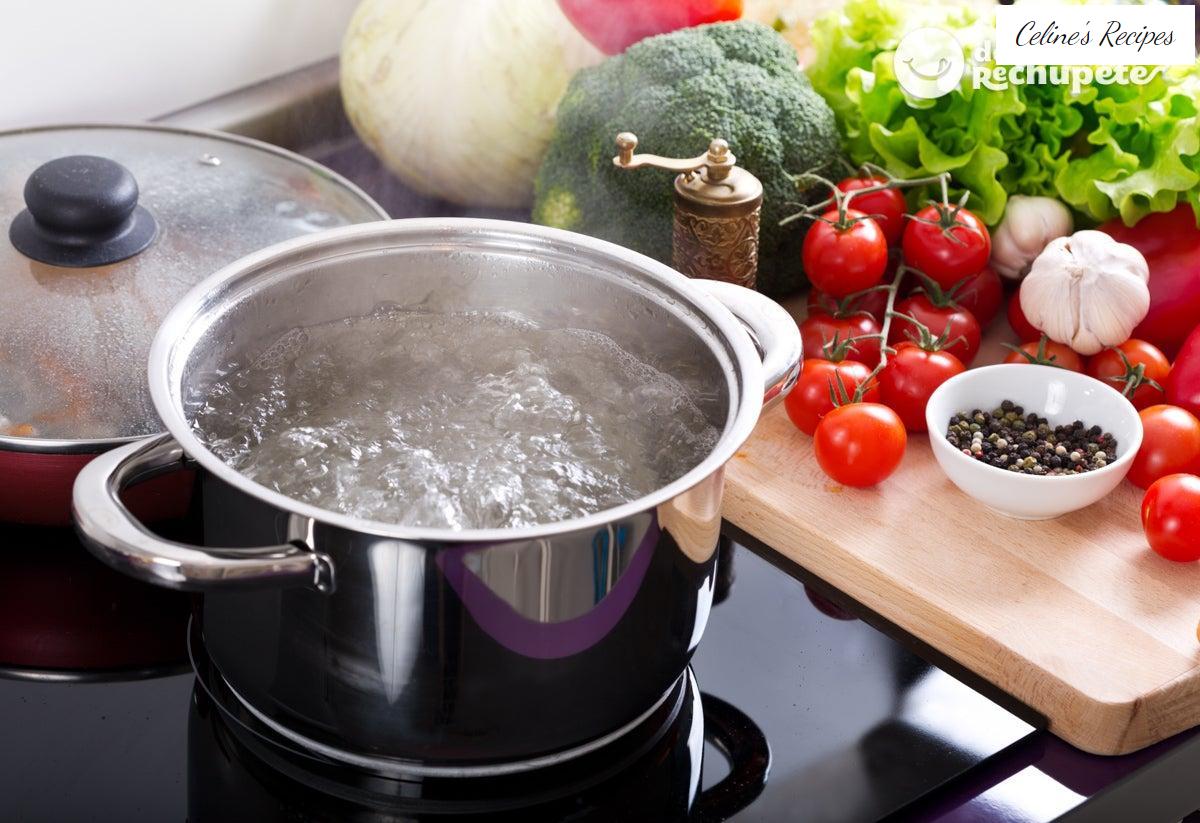
How to cook pasta al dente
The pasta supports a thousand and one recipes, combinations of ingredients and modes of presentation, but there is only one way to prepare it, well, and it is Italian.
The casserole with 5 kilos of macaroni that I made for the whole week in the student flat in Santiago is the same as a paella prepared with lentils … maybe it is delicious but I assure you it is not paella.
- Seasonings in the water. We should never add seasonings such as oregano or bay leaf in the pasta water while it is cooking, nor fry the pasta with precooked tomato sauce in a pan. All these ingredients must be added to the pasta once it has been strained, dried and served on a plate.
- When it starts to boil in spurts (it has to boil over a very high heat, almost sauce from the casserole) we add 1 generous handful of salt, one level tablespoon for every 200 grams of pasta.
- Then we add the pasta, always all together. We remove with a wooden spoon so that it does not stick and is loose, during cooking, you must not stop stirring the pasta and we must test from time to time to verify that you leave it ‘al dente’. I do not recommend cooking the pasta with a lid.
- On the back of the pasta package comes the cooking time, we must be guided by these instructions from the Italian pasta manufacturer because for each type it is different. So we will get what is called pasta “al dente” or at its right point, that is, it does not pass, although a great tip is to try it almost at the end just in case the package deceives us.
- Once the time has elapsed, drain the pasta immediately, put everything together with the accompaniment or sauce. When we remove it from the fire, we should not let it rest or add cold water, we just drain and save a little hot water to butter the sauce and finally stir. Simply delicious.
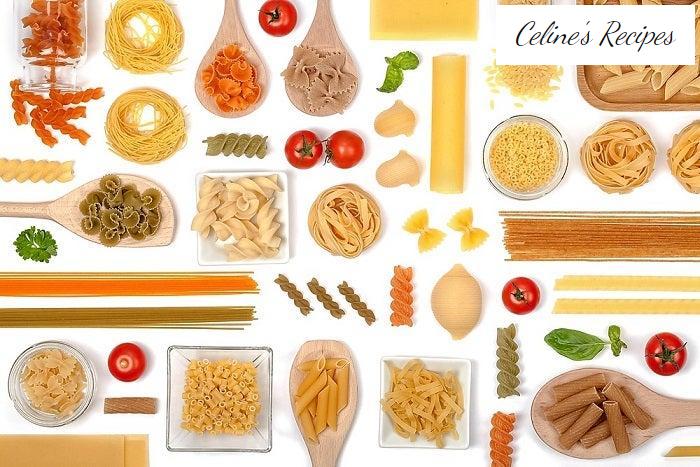
Types of pasta
There are many types of pasta and each of them is indicated to prepare a specific dish or to be accompanied by a kind of sauce. Due to its shape, texture, size or ingredients, we can find infinite possibilities.
Some experts say that we can find more than 350 types of pasta … Although today I explain here the types of pasta most consumed in Spain and that I like the most, many of them from Garofalo Pasta .
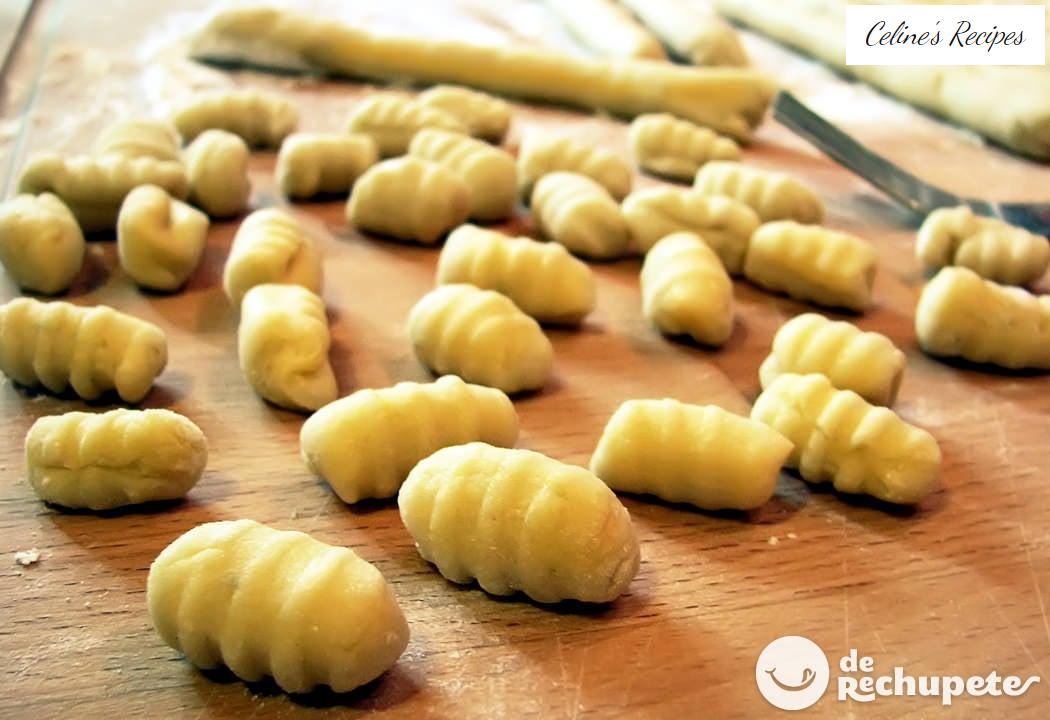
Gnocchis or gnocchi
Most of you already know that they are made from potatoes, wheat semolina and ricotta cheese. Although they have a large number of varieties throughout Italy.
The most common are the oval-shaped gnocchis that you have on the blog and it is believed that their origin was a consequence of the rising cost of wheat flour at the end of the 19th century, when farmers worked in the mills for the feudal lords.
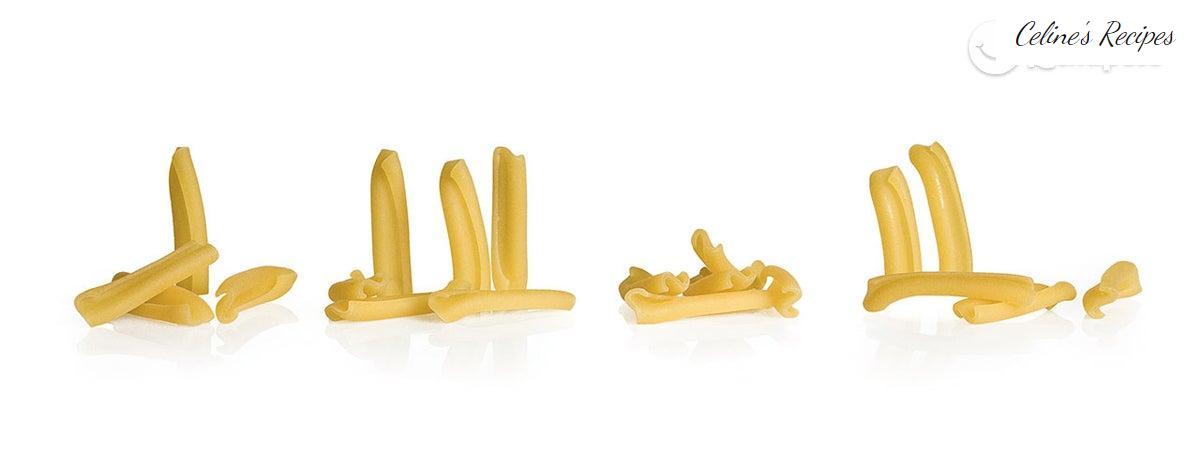
Casarecce
A type of original Sicilian short pasta. They are small twists of pasta, which appear rolled up on themselves. Casarecce literally means ” homemade “, due to its loose and free form. Its cracks are excellent for absorbing sauce.
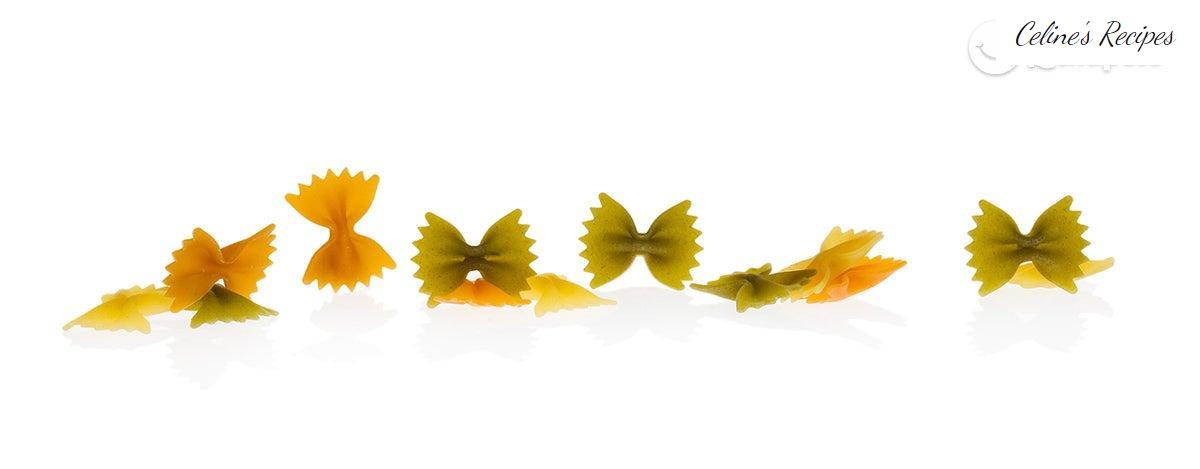
Farfalle or bow ties
They come from the north of Italy (Lombardy and Emilia- Romagna) The farfalle are characterized by having a lighter double texture at the ends and denser in the central part. They are perfect to combine as a garnish or with vegetables.
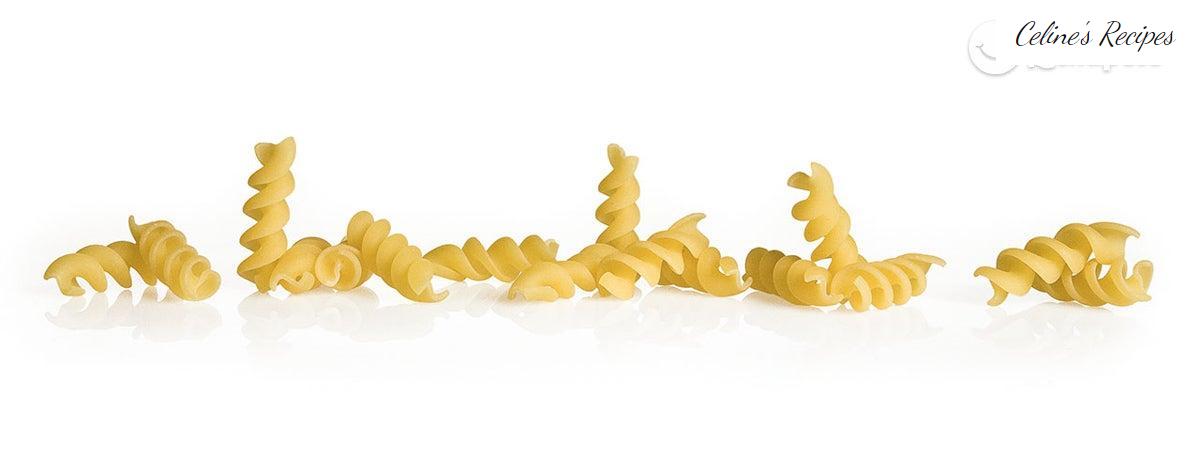
Fusilli or propellers
They are rolled approximately four centimeters and due to their shape they are ideal to accompany dishes with sauces, such as one of prawns and curries , since their surface makes the liquids adhere very well to them. They are also ideal for salads .
Tagliatelle or noodles
Tagliatelle or noodles are a type of flat ribbon-shaped pasta ( wider than spaghetti). Its texture is more porous and that is why they link very well with powerful sauce, since they are impregnated very well in the pasta, but surprising as it may seem, they are also fetén with a fresh fruit salad .
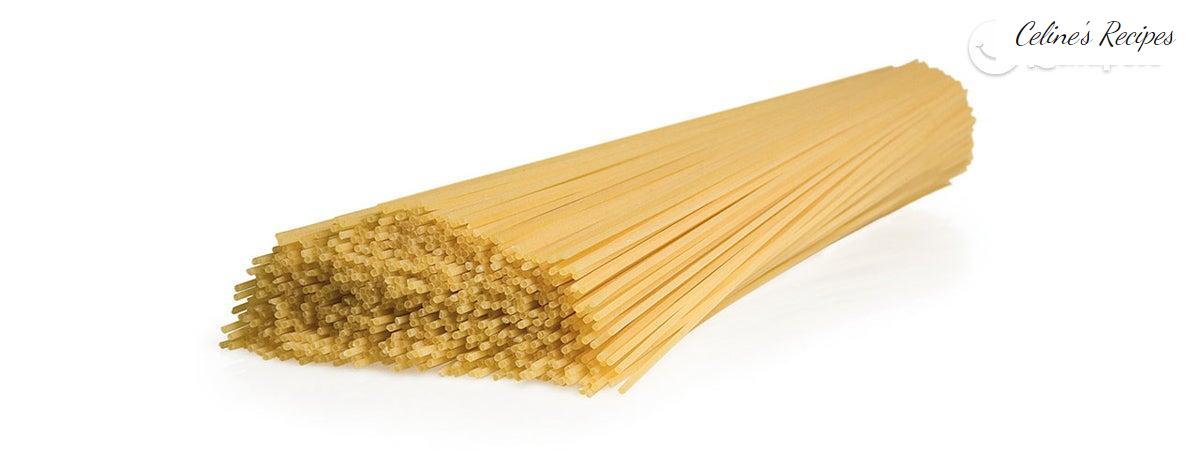
Spaghetti – Spaghetti or Spaghettini
They are the kings of the house. A long paste that are long and wide (not crushed) and exist in different thickness. Spaghetti is very versatile from a simple aglio pasta (fried with garlic and cayenne) to spaghetti nero di sepia , with orange sauce or with mushrooms and bacon that is delicious!
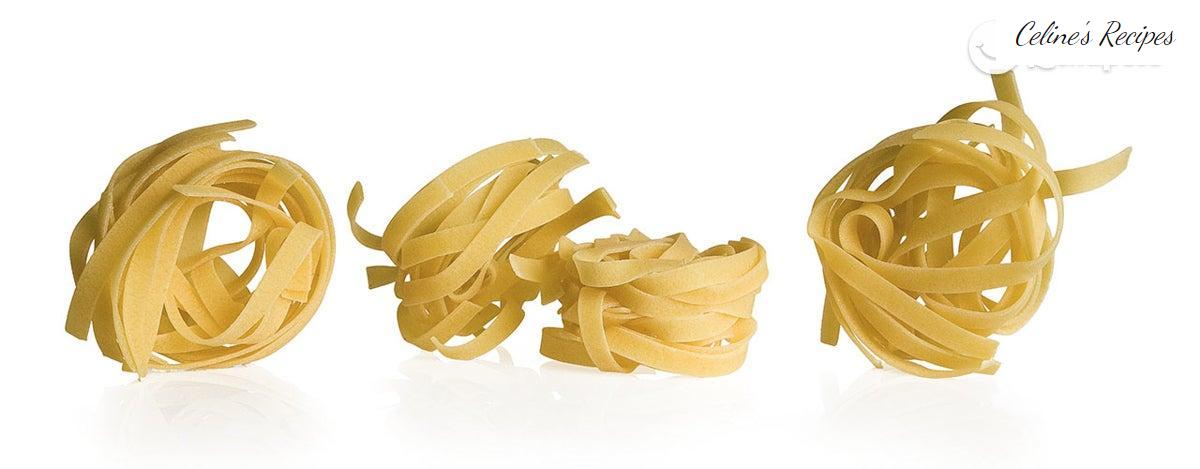
Tagliatelle or Noodles
They are similar to spaghetti but with a rectangular or flat section. Dry pasta of the elongated type, small in width and flattened ribbon shape (wider than spaghetti). You also have them as I present in the photo, in the form of a nest, much easier to cook.
Tagliatelle or noodles have a more porous texture and that is why they link very well with powerful sauce, since they are very well impregnated in the pasta, but surprising as it may seem, they are also fetén with a fresh fruit salad .
Fettucine
Fettuccines are also flat, like noodles, and are generally made from egg and flour.
One of the star recipes with this pasta is the famous Fettuccine Alfredo (or Fettuccine al burro), which are made with a sauce based on butter and Parmesan cheese. Although I personally love to use this recipe with spaghetti to make it “lighter”.
Egg pasta or fresh pasta
The only thing that differentiates it from the others is its ingredients, since it is made with egg. The best thing about this pasta is not buying it made, but making it by yourself or at home. In case you dare, I leave you a book in which you will learn all the secrets of this wonderful pasta.
Macaroni
Also stars and also of multiple sizes, the macaroon is perfect for all kinds of sauces, meats and vegetables, hot and cold. In this case, unlike bow ties, macaroons come from southern Italy , from Sicily. I love to cook them with ratatouille , (I encourage you to try them, you will love it), with aubergines or mac and cheese gratin .
Ravioli
And last but not least, the ravioli! That would go directly into the section for stuffed pasta . They are squares and can be filled with meat, cheese, vegetables, basil, mussels and mushrooms and whatever you want. They are usually accompanied with some type of basic sauce such as pesto or tomato sauce.
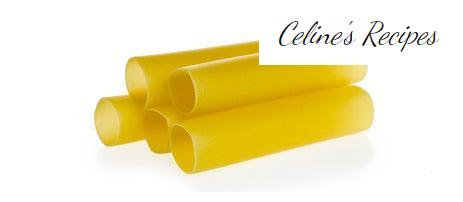
Cannelloni or Cannelloni
Cannelloni or cannelloni are a wide rectangular shaped pasta that is often used in Italian cuisine. On the blog you will find this type of dry pasta filled with meat , fish, vegetables, cottage cheese and spinach.
It can be bought in plates and it is usually rolled into a cylinder (hence the name that means “gutter” in Italian), although it can also be found in the cylindrical form. Sometimes the name manicotti appears.
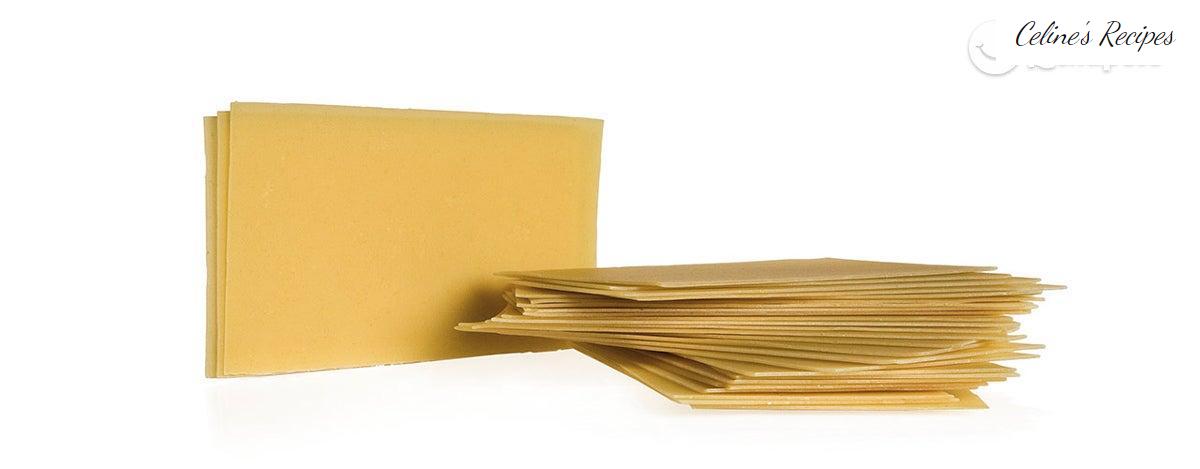
Lasagna or Lasagna
Lasagna or lasagna is a type of pasta that is served in sheets, as well as being called a dish that has pasta in sheets interspersed with meat ( ragout or Bolognese sauce ) and bechamel .
It is a dish of Italian origin that usually goes to the oven and that admits many types of filling. You will see that lasagna is well present in the blog, and we have from the typical with meat , to the most varied, combining ingredients: chicken and spinach , vegetables and hake, zucchini .
The word “lasagna” comes from the Greek “lasanon”, through the Latin “lasanum”, which refers to the pot in which it was cooked. The singular word in Italian is lasagna and in the plural lasagne is applied interchangeably to the plate or to the pasta in the form of sheets.
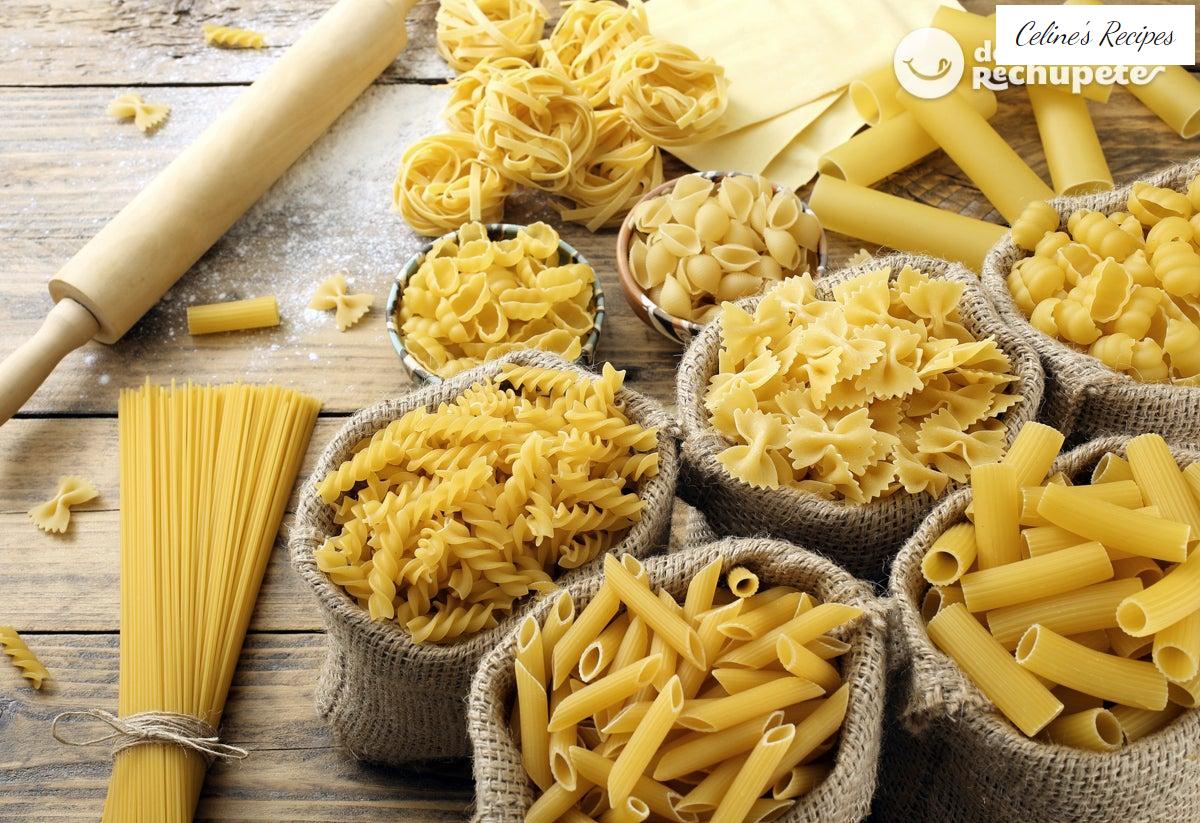
In summary…
Pasta is a great ally of a healthy and Mediterranean diet that must be on our weekly menu, it must be combined with a good exercise routine since it is a rich source of energy thanks to its carbohydrates and proteins, but it hardly contributes fats.
With pasta everything else is enough. It is versatile, it is delicious, almost all the sauces are great and, in addition, in one bite you teleport to Italy without leaving the kitchen. What are you waiting for?
Andiamo!
